Refugio Paz de las Aves is a small, privately-owned birding reserve in the heart of the Choco-Andino Biosphere in Northeastern Ecuador, home to an amazing variety of wildlife, including birds like the Giant Antpitta and the Andean Cock-of-the-Rock. Recently, with the help of donations large and small, the Paz were able to raise $155,000 to purchase the land owned by their siblings and protect it for generations to come.
This article was originally written in support of the now successful fundraising campaign. Please continue to read but now that we have updated all links to lead to the Foundation’s new fundraising link – one that supports the soon to be created Fundación Paz de Las Aves. Read on to learn the history of what happened.
Original Article
The problem? The owner of the land, their mother Teresa Villafuerte, recently passed away, leaving the 49 hectares she and her husband purchased decades ago to their nine adult children. As with many cases of inheritance, there is disagreement on the best way to divide the property.
The solution? A fundraising campaign to raise the money to help Angel and Rodrigo Paz purchase the land from their brothers and sisters and save Refugio Paz de las Aves for future generations. We have until August 8, 2022, to seal the deal.
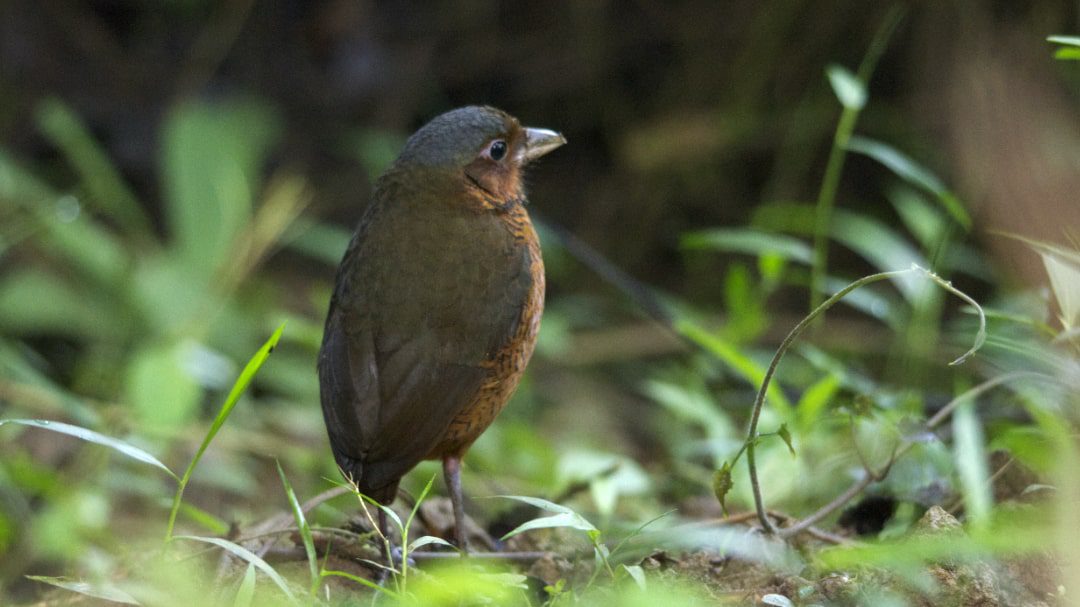
A Little Background
Since 2005, Angel and Rodrigo have been running a well-established birdwatching business that benefits from the 25 hectares of pristine forest on their parent’s land, a treasure not easily replaced. It lies near the popular birdwatching destination of Mindo, Ecuador and has great potential to be successful for years to come.
Amid a community that is home to mixed-use farms, the Refugio Paz de las Aves is a mini oasis in the increasingly threatened Choco-Andino Biosphere, a UNESCO designation that the region earned in 2018. The primary forests like those found at Refugio Paz provide an essential bridge between the humid forest lowlands of the Chocó-Darien and the Northern Andean Mountain Forests. This area’s biodiversity is off the charts compared to forests in more northern climes. However, this won’t last unless more people start taking action to protect the forests that remain.

The Cloud Forests Need Protection
This region is under threat for many reasons, including mineral extraction and climate change. But a more insidious threat is agriculture itself. The area has long been home to farmers. They grow a diverse amount of crops, including the Himalayan Blackberry, a plant that quickly becomes invasive but is easily sold for a decent profit in the markets of the capital city, Quito.
Also, many farmers are turning to cattle. Milk and fresh cheeses are a common part of the Ecuadorian diet. Despite stiff competition from products that come from their northern neighbor, Colombia, Ecuadorians believe that dairy farms are a great option. Also, cows can be raised for beef. Though we rarely see combined dairy and beef cattle operations in the United States, this is more common in Ecuador and adds value to a small herd.
Angel and Rodrigo’s siblings believe this is the future for their parent’s farm. They want to sell the property to their neighbors and friends, other farmers who will continue to raise cattle and plant blackberries, chopping down the forest one plot at a time as economic demand outstrips the current capacity of their cultivated land. In fact, they have gone as far as to tell Angel and Rodrigo that they won’t sell to an NGO, either Ecuadorian or international.
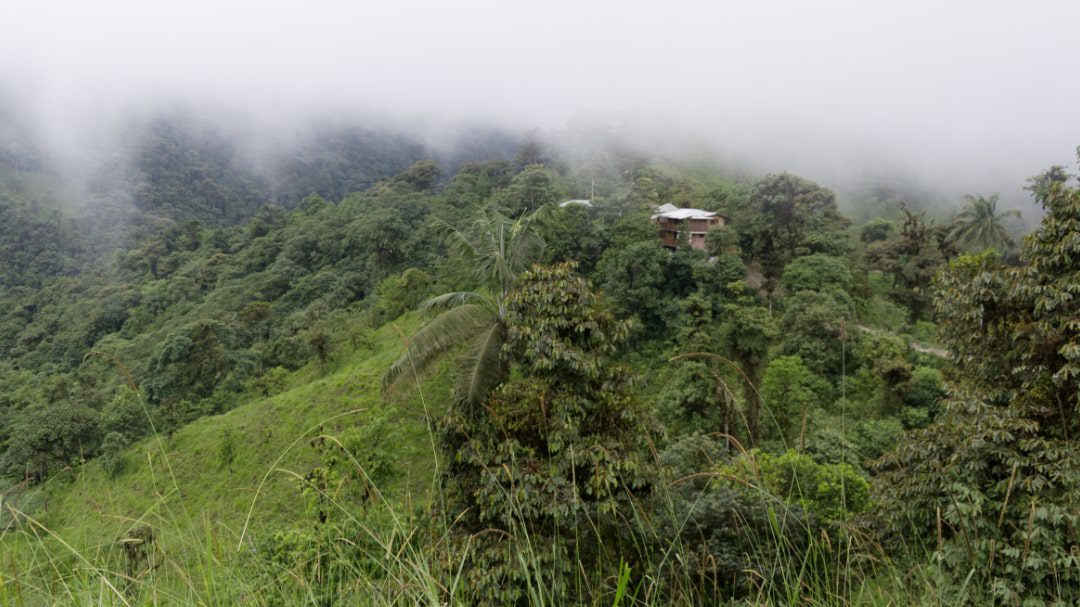
A Window of Opportunity
There is a small window of opportunity to save the property.
When the pandemic stopped tourism in 2020, Angel and Rodrigo realized that they needed a long-term plan and began raising money via a GoFundMe campaign to purchase a new property. Their mother’s farm was under increasing strain as different siblings decided to chop down forests here and there to increase revenues. And, with no tourism taking place, it was becoming harder to win the argument that the primary forests needed to stay.
They raised $10,500 before their mother passed away. This sad event changed their focus from a new property to saving the current Refugio Paz de Las Aves.
With the $10,500 dollars already donated, they gave their siblings a downpayment that convinced them to sign a legal document giving Angel and Rodrigo the opportunity to purchase the land. That gives us hope.
Using the original GoFundMe page, the Paz brothers are hoping small donations will help raise $155,000, almost the exact amount they need. They haven’t asked for any extra for the other work that will eventually come – like replanting thousands of trees to reforest the farmland. Instead, their focus is on the immediate saving of the land.
This is not an open-ended deal. Angel and Rodrigo have until August 8th, 2022. Let’s not make this a nail-biter. Donate sooner rather than later!
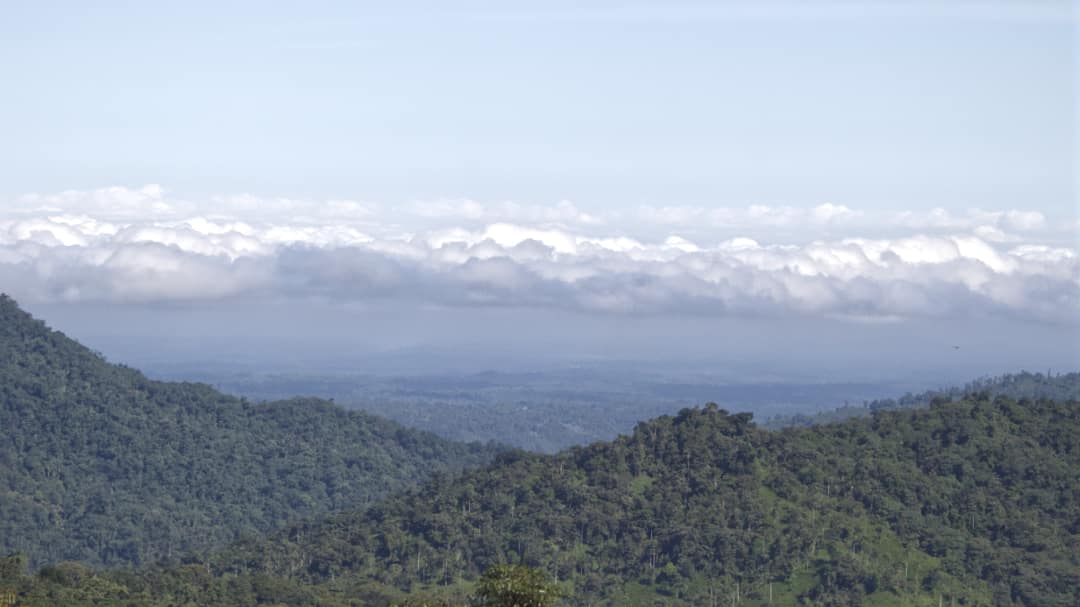
Why Refugio Paz de Las Aves?
Many of our followers will have visited the Refugio Paz de la Aves near Mindo, Ecuador. If so, consider yourself fortunate. Your experience will have taught you why this special place needs long-term protection. You might also understand why Angel, his brother Rodrigo, their wives, and their children are the appropriate stewards of this land.
For those of you who have never heard of Refugio Paz de las Aves, you are in for a treat. This is a story about a man with a dream, his deep and abiding love for Maria, and his faith in humanity.
Refugio Paz de Las Aves is more than a family-run business on a mixed-use farm in rural Ecuador. Angel and Rodrigo have built an eco-tourism business that should be used as a model for other sustainable and regenerative tourism projects throughout the Global South.
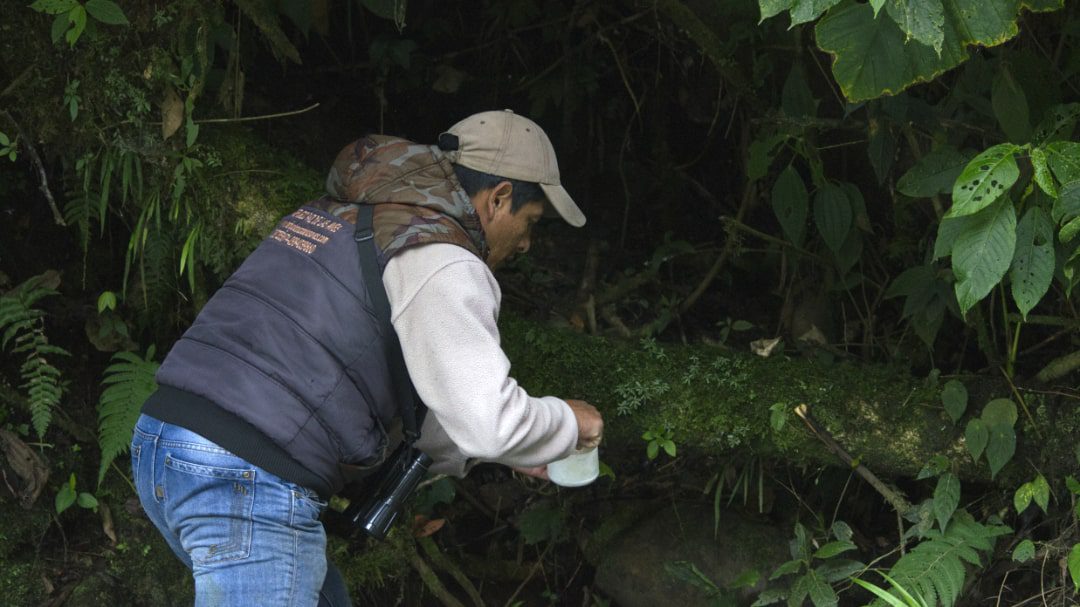
Written before the pandemic, Alan Davies and Ruth Miller, co-owners of the company BirdwatchingTrips, had this to say:
[Refugio Paz de las Aves] is a brilliant example of ecotourism at its simplest and most effective. Those entrance fees over the years have added up and allowed Angel to send his son to university, the first member of his family to benefit from further education. The money from visiting birdwatchers hasn’t just found its way into Angel’s pockets, it’s also spread across the wider community. Hotels, restaurants and cafes, taxi services in the area have all benefited from birdwatchers visiting, staying and spending their money here. The antpittas and the forest themselves are now cherished for their importance to the community as a whole and everyone appreciates that their value as a healthy, long-term, living resource is greater than any short-term financial quick fix from clearing new tracts of land for farming. It’s a win-win situation all round.
But maybe you are still unsure that your donation matters. Let’s tell you how this all started.
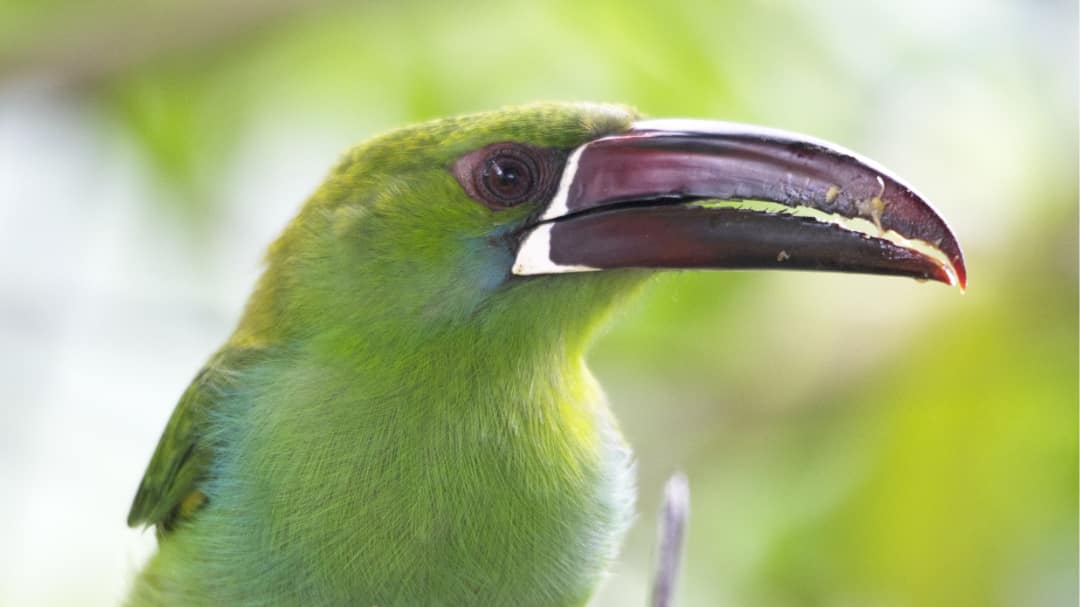
Who is Angel Paz?
Born in Baños de Agua Santa in the Tunguraghua Province of central Ecuador, Angel is the son of Manuel Paz and Teresa Villafuerte, two hard-working individuals who left their hometown searching for a better life for their children. They purchased land near Mindo, Ecuador, and continued the family tradition of farming.
Even in a new location, life wasn’t easy. Angel and his siblings were expected to work from a very young age. Though they were able to finish elementary school, there was no thought of anyone getting more education than was necessary to help run the farm.
It wasn’t until Angel and his brother Rodrigo were adults that they had the idea to start a birdwatching business on their parents’ property. By the early 2000s, Mindo was already a birdwatching hotspot. Foreigners, because few Ecuadorians at the time even owned binoculars much less had an interest in identifying birds, came with their checklists ready, searching for endemic bird species that could only be seen in the cloud forests of the Andean West Slope.

Therefore, it made sense to try a new venture that could possibly earn Angel and Rodrigo more money than a day of labor on the farm.
In 2005, they cut a small trail through the cloud forest to an area called a lek where male Andean Cocks-of-the-Rock gather in the early morning to strut and squawk in a mating ritual that has no comparison. The males of the species are odd-looking birds with bright red heads that appear to bob over their necks with the slightest movement. They jump from branch to branch, making a noise that is raucous, like unruly teenagers staking out their territory by sound alone.
Unfortunately, the path went unused for months as no tourists arrived. Then, seemingly out of nowhere, the first birdwatcher showed up. He paid $10 for a four-hour tour, a bargain for the tourist and a lot of money for Angel and Rodrigo. After all, a farmer would be lucky to earn $10 in an entire day in 2005. Even today, the minimum wage in Ecuador is less than $500 a month so although the price of a tour has gone up, it is still a bargain price for international birdwatchers wanting to experience this unique gathering.

Falling in Love with Maria
While the Cock-of-the-Rock tour was successful, Angel became famous for another reason. One day as he was walking along the trail to the lek, he noticed a stocky bird with long legs and a wide beak eating worms in the middle of the path. When it noticed Angel, it quickly scurried into the undergrowth. Little did he know at the time, but Angel had found a Giant Antpitta.
According to Dušan M. Brinkhuizen, the Giant Antpitta was once a near-mythical bird that was extremely difficult to see in the wild. Found only in the cloud forests of Ecuador and Southern Colombia, this secretive bird was little-known and lesser studied. But Angel’s discovery began a chain of events that has changed how birdwatchers see not only the Giant Antpitta but other antpitta species as well.
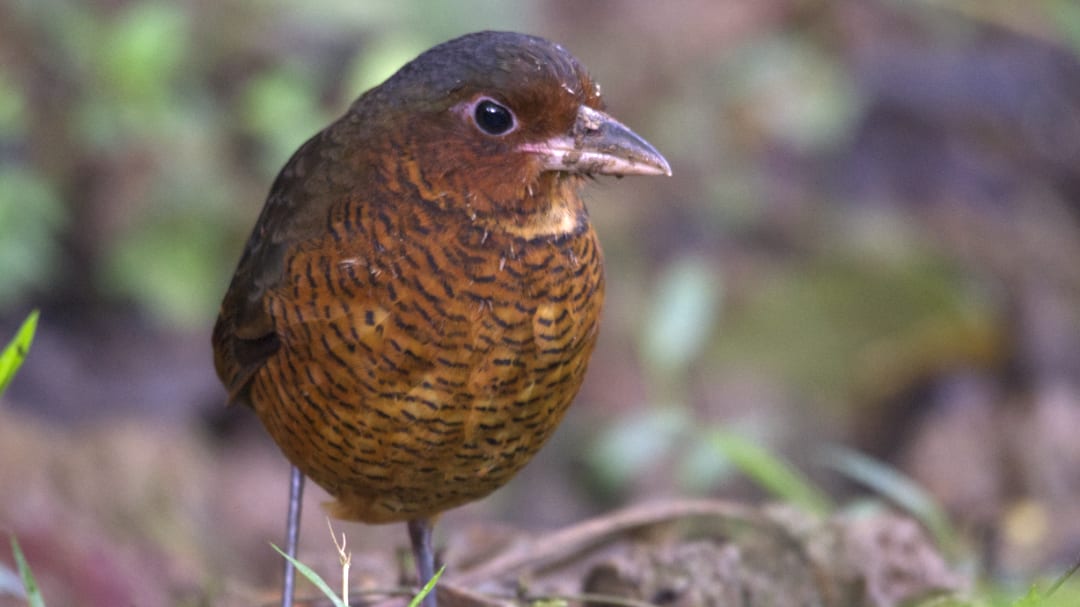
It took many weeks of Angel arriving in the forest, offering worms he had dug up earlier in the day, and having this bird refuse to entertain his advances. But finally, his patience paid off and it came to take a worm. Slowly but surely, Angel had befriended this bird and he christened her Maria, after his beloved wife. After all, he likely spent as much time courting the bird as he had his bride.
Today, Maria (really her many time’s great-grandchildren), comes when called by name. It is an odd day when birdwatchers arrive and they don’t get to see many Marias and four other species of antpittas, each with descriptive names like Willy and Shakira, that come at Angel’s request.

Angel has earned the titles Antpitta Whisperer and Antipitta Man. He appears in countless blogs, including our own, and in the Smithsonian Magazine. In fact, that’s where I first read about Angel before I even lived in Ecuador!
His methods have been copied to great success in places like the Tapichalaca Reserve where Angel trained local guides to attract the quirky Jocotoco Antpitta. If there were a Hall of Fame for Birdwatching, Angel would get top billing.
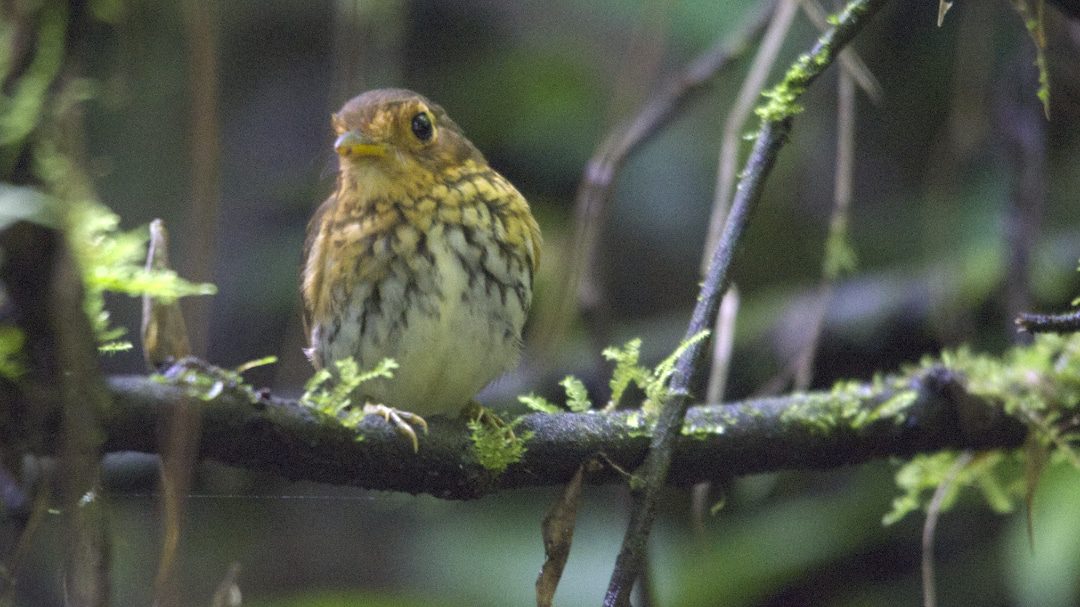
Visiting Refugio Angel Paz
Many birdwatchers only arrive in the wee hours of the morning for the Cock-of-the-Rock viewing, a visit to the different antpitta habitats, and to breakfast on the outdoor patio, a visit of a few hours. That was our first experience as well.
But guests who stay for days at a time are blessed with opportunities to walk the road that connects the community and provides views of the stately Pichincha Volcano, wander the trails and watch the White-Dippers swim in the small, fast creek that cuts through their land, and photograph hummingbirds at all hours in the small but well-designed hummingbird garden

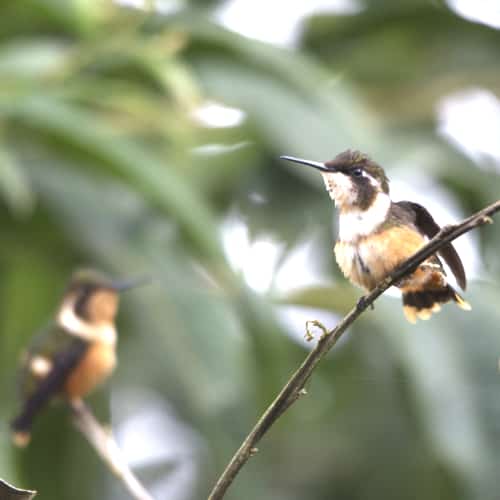

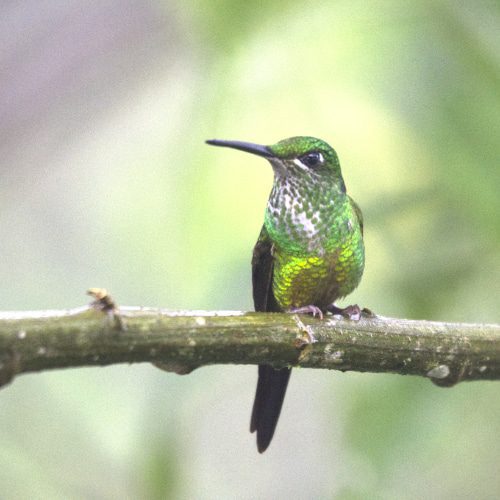
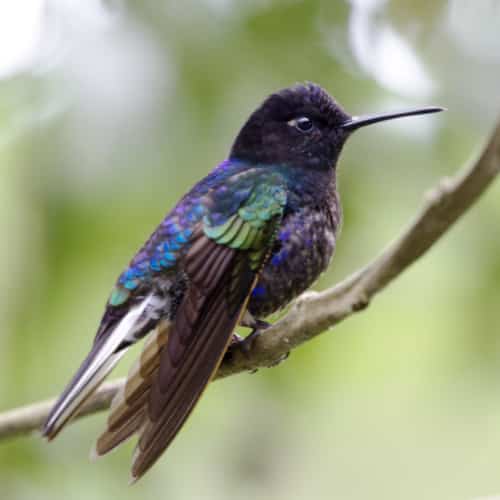

Being near farms isn’t always a negative. The local orchards offer the opportunity to easily see more birds, especially bright colorful tanagers that love to perch atop the fruit trees. Raptors sit on telephone wires. In the early mornings, tons of birds hunt for moths attracted to the lights left on overnight. And later in the day, large colorful birds like the Crimson-Rumped Toucanet, the Toucan Barbet, and many tanagers readily eat the plantains at the feeder station.
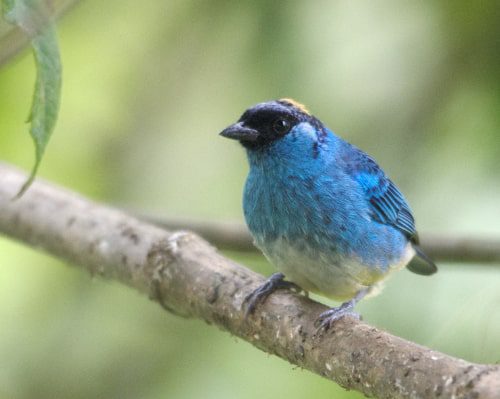
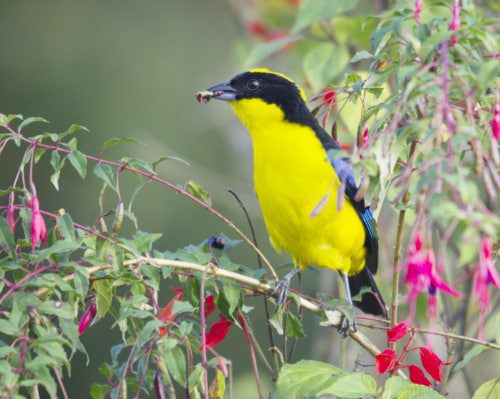
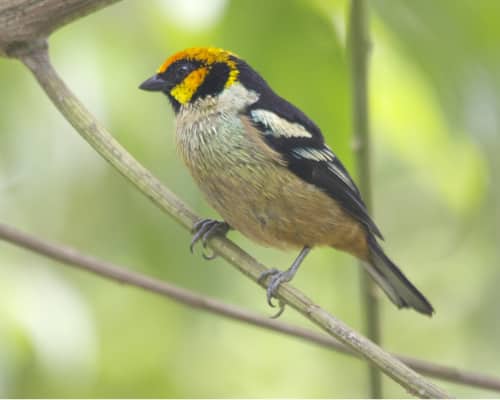

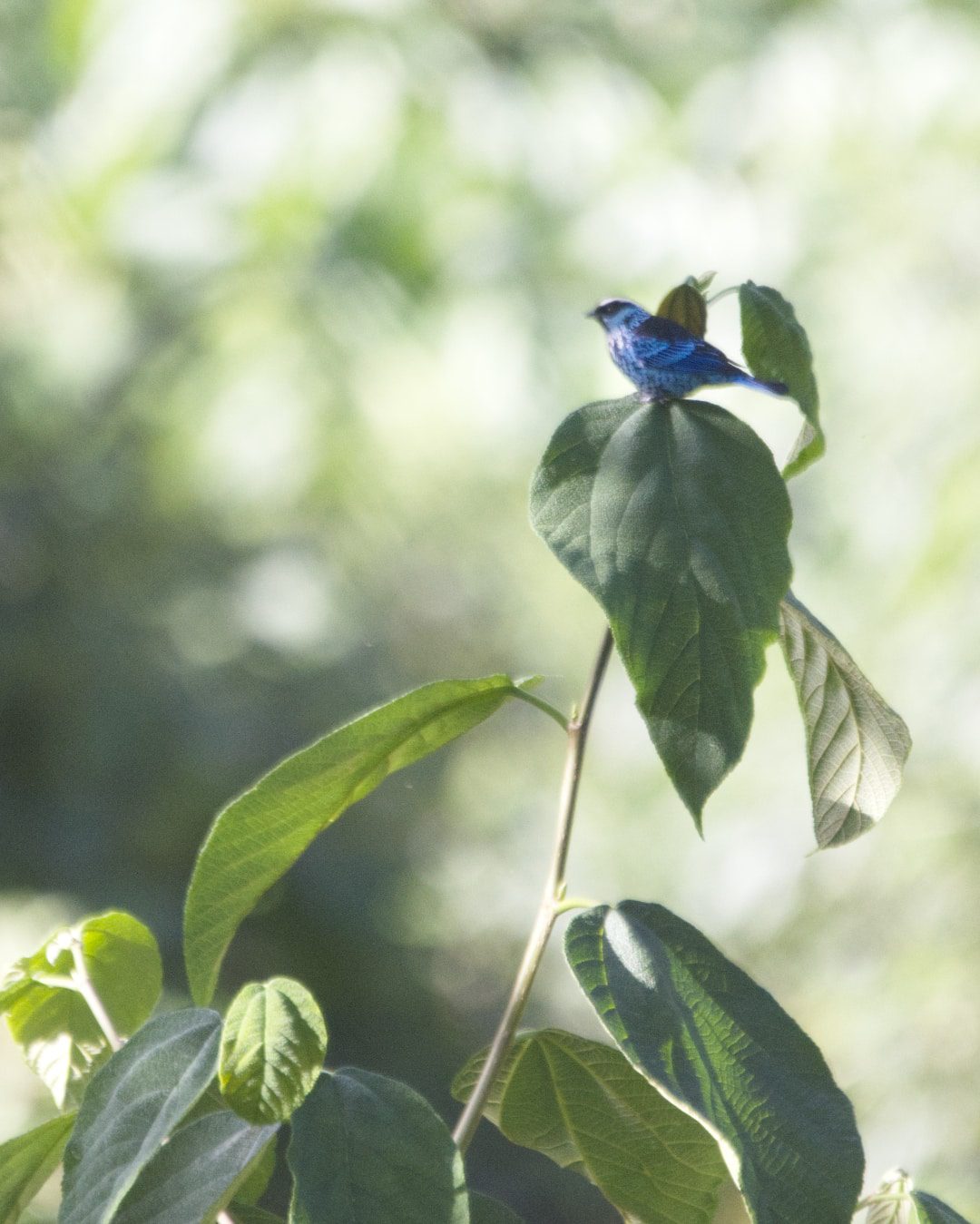
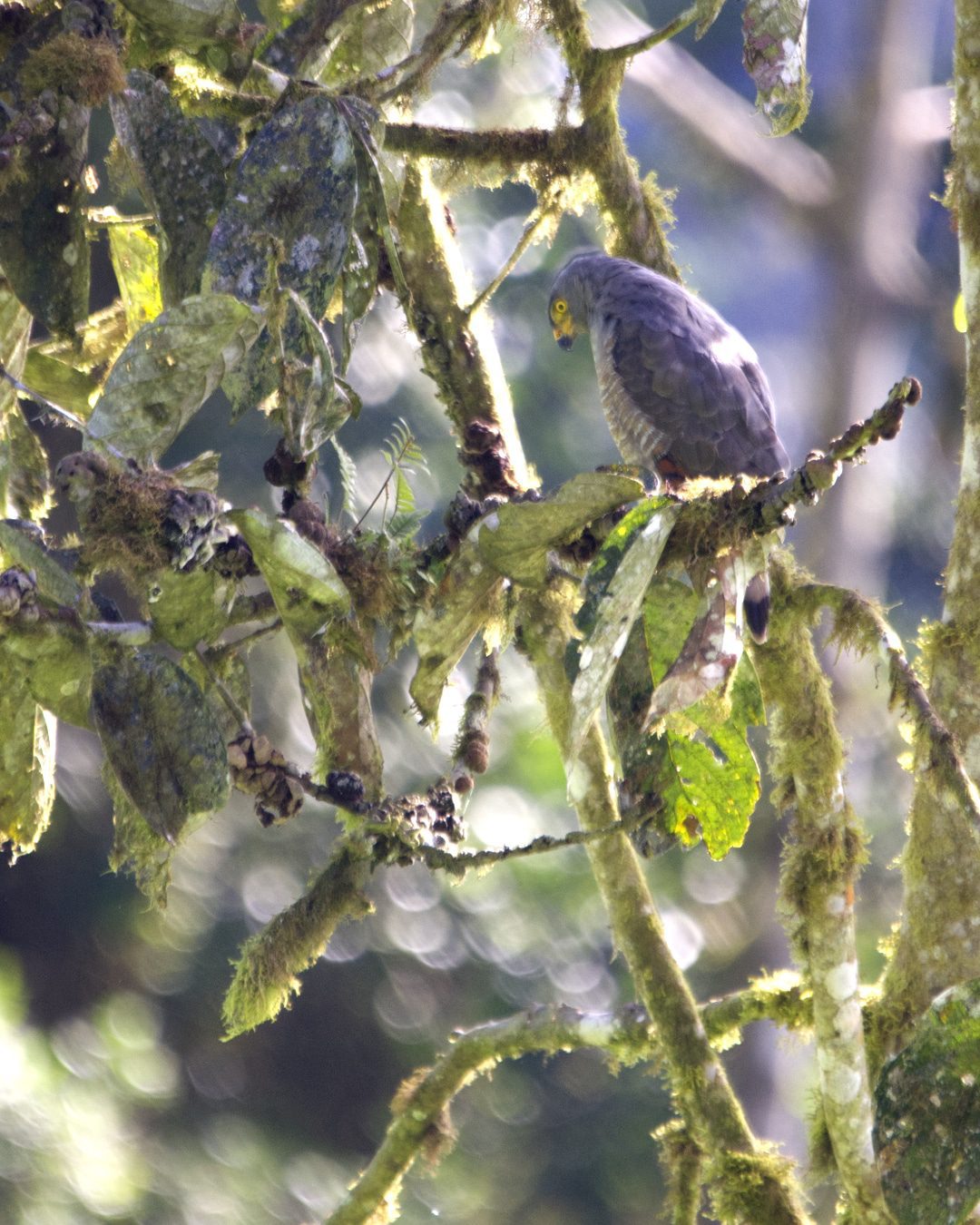
If you speak Spanish, you are in for even more of a treat, conversations with the family. They love what they do. Maria Florcita and Diana Verá, the wives of Angel and Rodrigo, provide home-cooked meals like Bolon de Verde stuffed with spiced chicken for breakfast. These green plantain dumplings are lovingly called Huevos de Maria, a small joke about eating the eggs of the favorite Giant Antpitta.

Rodrigo is quieter but will share his thoughts with anyone patient enough to approach him and start a conversation. He is full of knowledge about the flora and fauna of the area. I loved watching him climb into the huge tree that provides shade to the lodge in the late afternoon. He puts fresh plantains on the branches, then places his hands together over his mouth and calls to the birds to let them know that breakfast is ready.
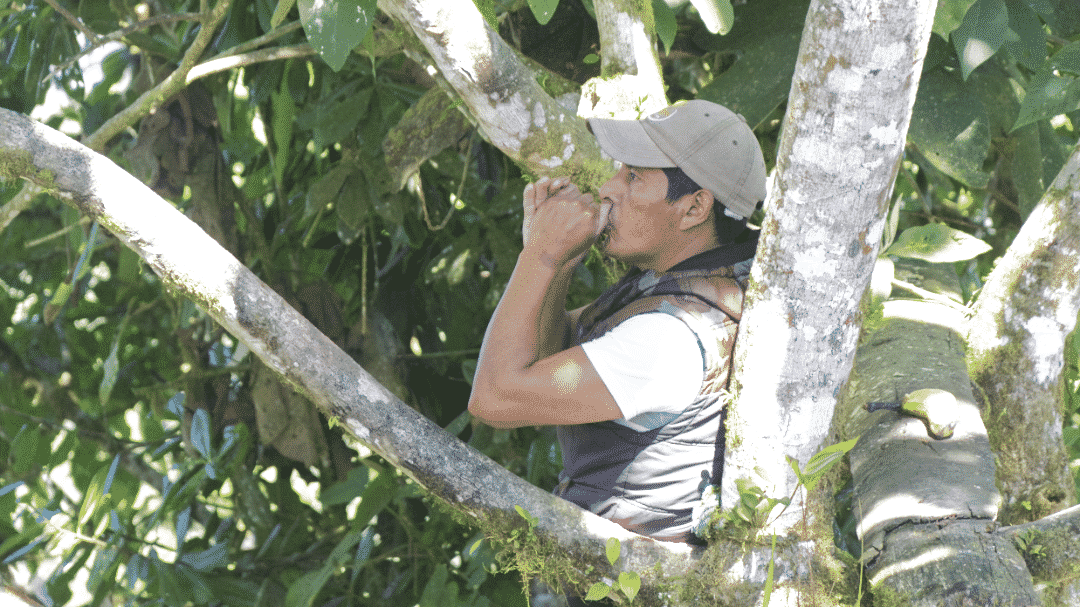
And then there is Angel. His face lights from within as he glides down the trail, sometimes whispering, knowing that a shy Ochre-breasted Antpitta like the hip-shaking Shakira needs a gentle touch and other times calling fairly loudly, “¡Venga, venga, Maria!” for the bird that changed his fortune.
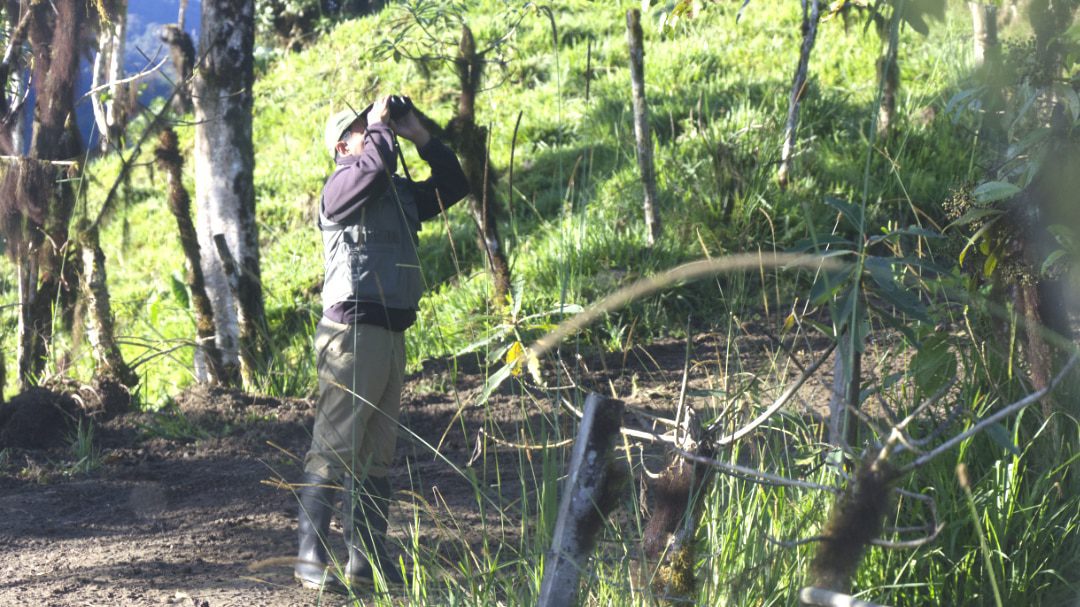
He waxes poetic when he talks about the project and I only wish I had recorded every word as we stood above the property looking down at what he and his brother have built. However, his smile and his raised hands tell a story all their own, a man who has fulfilled his parent’s values of respect, honor, and dignity. Angel has done more than they ever dreamed possible.
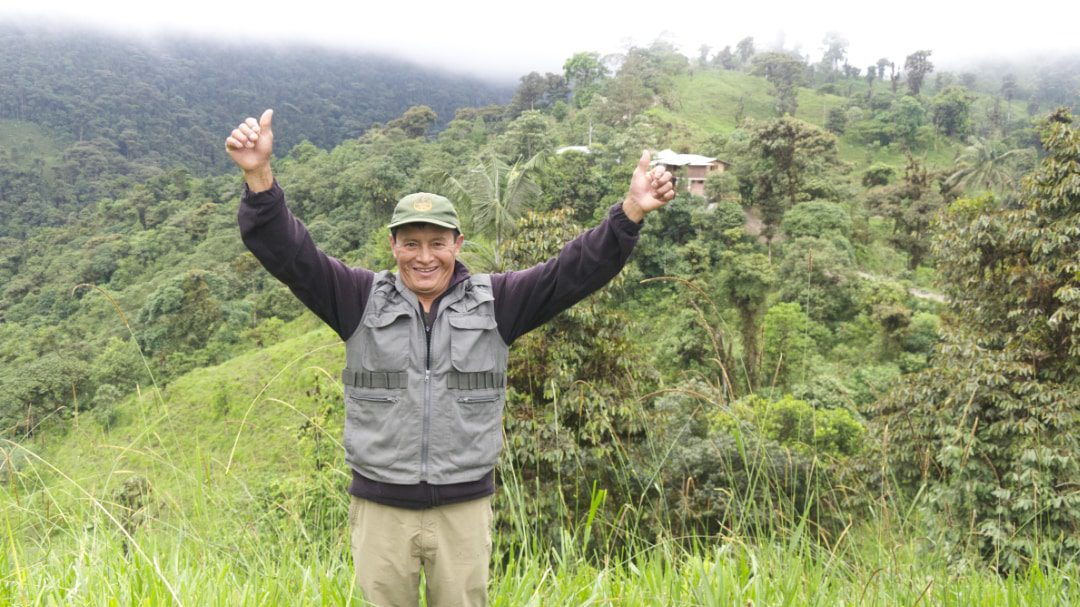
The Future of Refugio Paz
Angel’s story won’t stop with the purchase of the family farm. With the help of his son, Vinicio, they have big plans to grow the business in a sustainable manner.
First, they realize the importance of registering the property as a private reserve. This is a valid form of protecting endangered habitats in Ecuador, an example started by Richard Parsons and his wife, Gloria, owners of the Bellavista Reserve in the Tandayapa Valley. Sometimes private citizens can be better stewards of the land than the government itself. Also, declaring the land a private reserve brings benefits to both the owners of the land and to the local community.
Second, they plan to reforest as much of the farmland as possible. This will be a long-term project that will take decades to complete. Yet it will set an important example for the broader farming community. Perhaps other farmers will start to pay attention to the flora and fauna on their own properties and begin to understand its worth and find ways to maximize its potential.
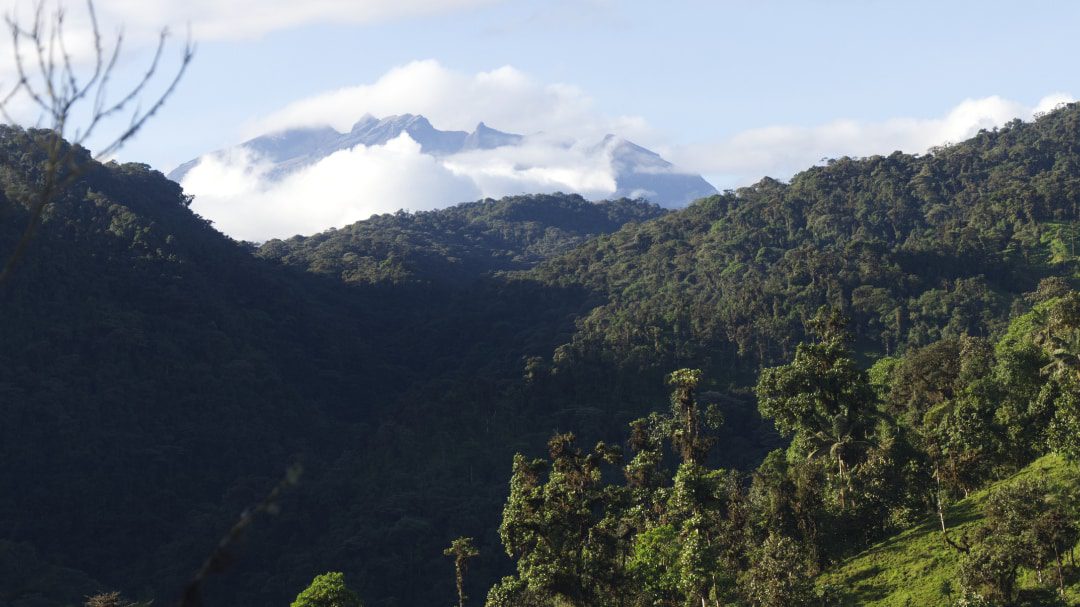
Making A Tough Decision
You might now understand why it was so hard to hear that the majority of his siblings wanted to sell the farm. Angel didn’t know where to turn. He decided to ask his son, Vinicio, for his advice.
Vinicio contacted many non-profits in the birding world to ask for help. While they might possibly buy the land for their own organizations, they cannot help the Refugio Paz de Las Aves purchase the land for themselves. Furthermore, according to Vinicio, his aunts and uncles are unwilling to sell to an organization they don’t know. They feel more comfortable selling the land locally.
Vinicio then went to the banks. He believed that Refugio Paz de Las Aves could borrow the money. When he was told of the conditions of different loans with insane interest rates from 17.6 – 23%, he stopped asking. This is why so many small businesses in Ecuador have an impossible time getting a good start. Money is hard to come by, especially borrowed money.
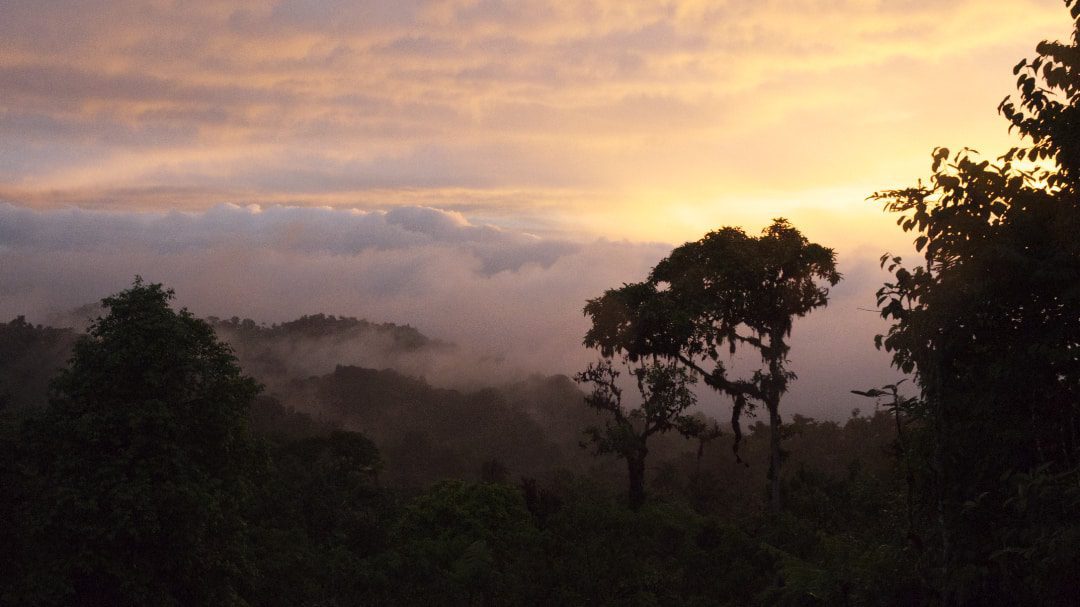
In a conversation I had last week with Angel, he reiterated many times his love for the land and for the birds who live there. Something changed the day he convinced Maria to he was a trustworthy human. His understanding of the world shifted in a way that is difficult to explain unless you have experienced it yourself. But he knows that protecting his small corner of the world means having a grand impact beyond the scope of saving a few birds.
I have to travel to find those moments, but Angel found transformation at home where his parents taught him to follow his dreams. He is a very fortunate man. Let’s help make the rest of his dream come true.
If you would like to help this campaign in other ways, such as writing articles, opinion pieces, or have ideas on how to increase our chances of success, please reach out.

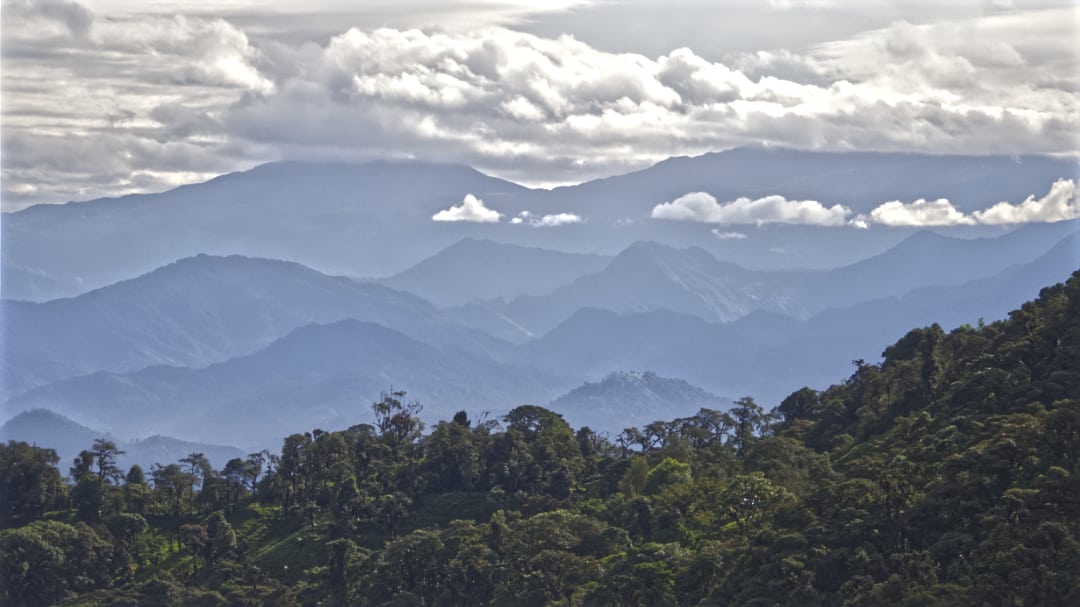
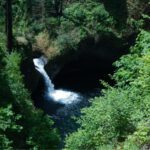
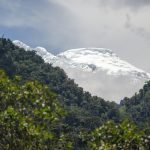
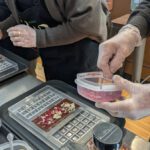



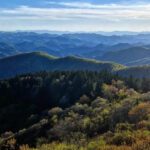

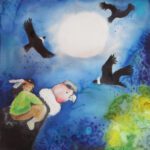


Hi Angie! It’s great watching those donations, which represent a slice of selfless people who inspire us all to be compassionate to our fellow man. Matt Mendenhall of Birdwatching Magazine/Birdwatching Daily has shared the story with their readers. A lot of happy people will share a collective ‘yee-HAH!’ when the goal is reached!
https://www.birdwatchingdaily.com/news/conservation/refugio-paz-de-las-aves-raising-funds/
Thanks so much for sharing this link!
That collective yee-HAH will be due in large part to your efforts as well! Thank you for your dedication to the cause, Lisa!!
Thanks for your kind words, Lisa! Please feel free to write about this and link to my post. It will only help spread the word. Google loves it when we link to each other 🙂
Please be sure to send the link when you have published it. We would like to share it as well. ~Angie
We have the link to Lisa’s article! Be sure to check it out: https://playamart.wordpress.com/2022/05/21/refugio-paz-de-las-aves-an-urgent-dilemma/
Angie, there could be no better spokesperson in behalf of Angel and Rodrigo and the antpittas and other aves there at the Refugio. Thank you so much for presenting their history and the present dilemma – surely any person who has witnessed the wonder of Refugio Paz would want to help. With your permission I will write a short post with a link to yours.